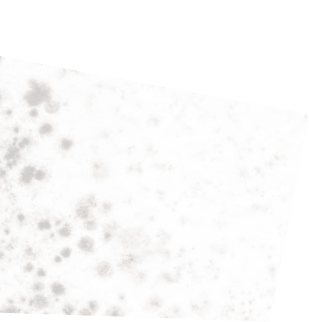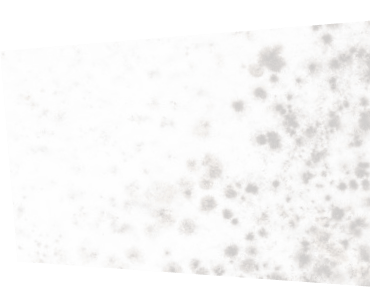Longer days and warmer temperatures of the early spring bring a surge of new energy and sense of relief to many homeowners. This is a period of Nature’s rebirth; rising temperatures are melting last bits of ice and snow to supply plants, animals and fungi with enough moisture for growth. This includes mold too, so before you open up all windows for the spring cleanup, keep in mind that high air humidity can significantly increase the risk of mold infestation.
For mold to appear, three conditions must be met:
Presence of spores – mold spores are microscopic particles invisible to the naked eye, which can spread by even the slightest air currents; because mold reproduce vigorously and spread easily, there is always some amount of spores present in the air, both indoors and outdoors.
Source of food – mold consume organic matter to grow and reproduce, that is why they are often found in building materials like wood, insulation, drywall, etc.; dust particles may also serve as a source of food for mold.
Moisture – considering that previous two conditions are almost always met, moisture is the key factor that needs to be controlled if you want to prevent mold growth; if there isn’t enough moisture in the environment, mold won’t develop because water is the necessary trigger for spore germination.
Controlling humidity in your home is the crucial step for mold prevention.
The best range for indoor air humidity is between 30% and 50%; levels below 30% are not healthy, while levels above 50% are favourable for mold development. There is a number of things you can do to ensure that moisture is kept within a favourable range. Here are some suggestions:
In the bathroom – Hot, steamy showers significantly increase temperature and air humidity, causing a lot of condensation on cold surfaces, like windows and cold walls. Good ventilation and showering with lukewarm water can significantly decrease the output of humidity and reduce the risk of mould growth. Fixing leaky faucets and pipes is also important, because they can create similar problems in the long term.
In the kitchen – Cooking activities also produce considerable amounts of hot water vapour, so you might want to have a good extraction fan and keep your kitchen well-ventilated. Aside from decreasing air quality, strong mould presence in the kitchen also affects the quality of the food.
Drying laundry – If you dry your laundry inside, that’s an extra 2 liters of water per load that will evaporate into surrounding air. Avoid drying your clean clothes and beddings inside or dry them in a properly ventilated room.
Depending on the proximity to large water bodies, construction and plumbing, some homes may be more problematic than others when it comes to moisture control. If you have frequent problems with mold in spite of all efforts, then it is best to call a professional mold removal company. Experienced staff of Inch By Inch Inspections is ready to provide efficient, safe and high-quality mold removal service in Toronto and the GTA. If you are looking for an honest, ethical and friendly inspector, reach out to Inch By Inch Inspections today and schedule your mold inspection.




